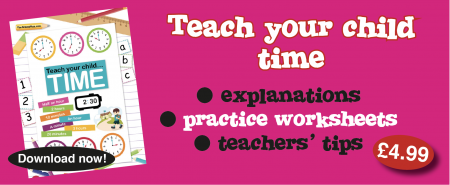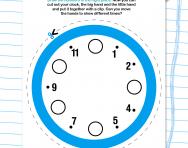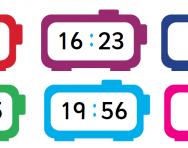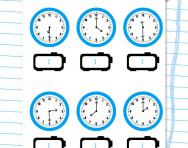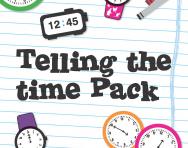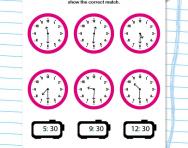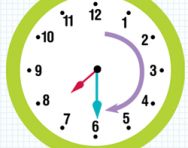What are analogue and digital?
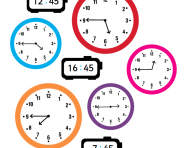
What are analogue and digital?
How do children learn to read analogue and digital clocks?
Children learn to tell the time in Key Stage 1 on an analogue clock.
It can take children a while to understand the concept of what each hand represents, so Year 1 teachers will start with teaching children that if the long hand is on the 12 and the short hand is on the 8, then it is 8 o'clock.
They will usually spend plenty of time getting children used to the 'o'clock' time, pointing to the clock at various times of day, so that children are aware of what happens at 9 o'clock, 11 o'clock, 1 o'clock, 3 o'clock etc.
Once children are clear on this, a teacher will move onto 'half past' times. Again, they will spend some time on this until children are confident.
Year 2 children need to be able to tell the time to five minutes, including quarter to/past.
In Year 3, children need to tell and write the time from an analogue clock, including using Roman numerals. They need to understand the 12-hour and 24-hour clock. Therefore at this point, they will start looking at digital time. They should, at this stage, realise that these two times are the same: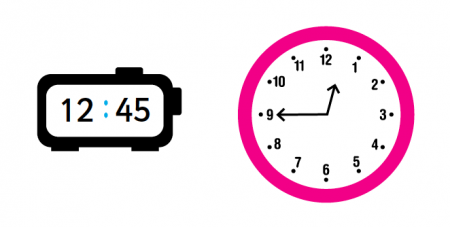
In Year 4, children need to read, write and convert the time between analogue and digital 12- and 24-hour clocks.
In Years 5 and 6, children need to solve problems involving converting between units of time

Give your child a headstart
- FREE articles & expert information
- FREE resources & activities
- FREE homework help
